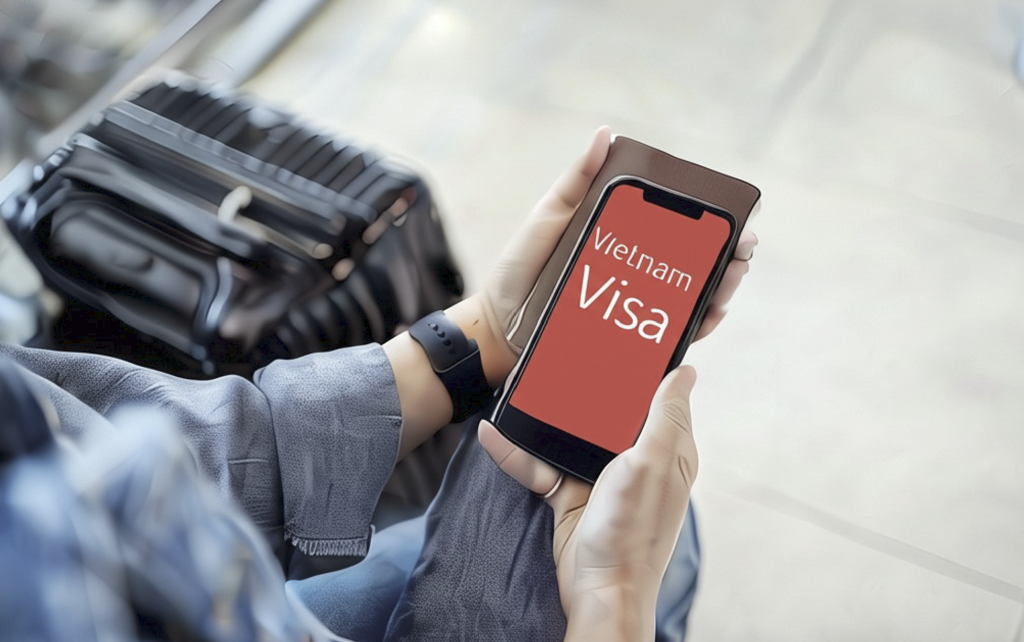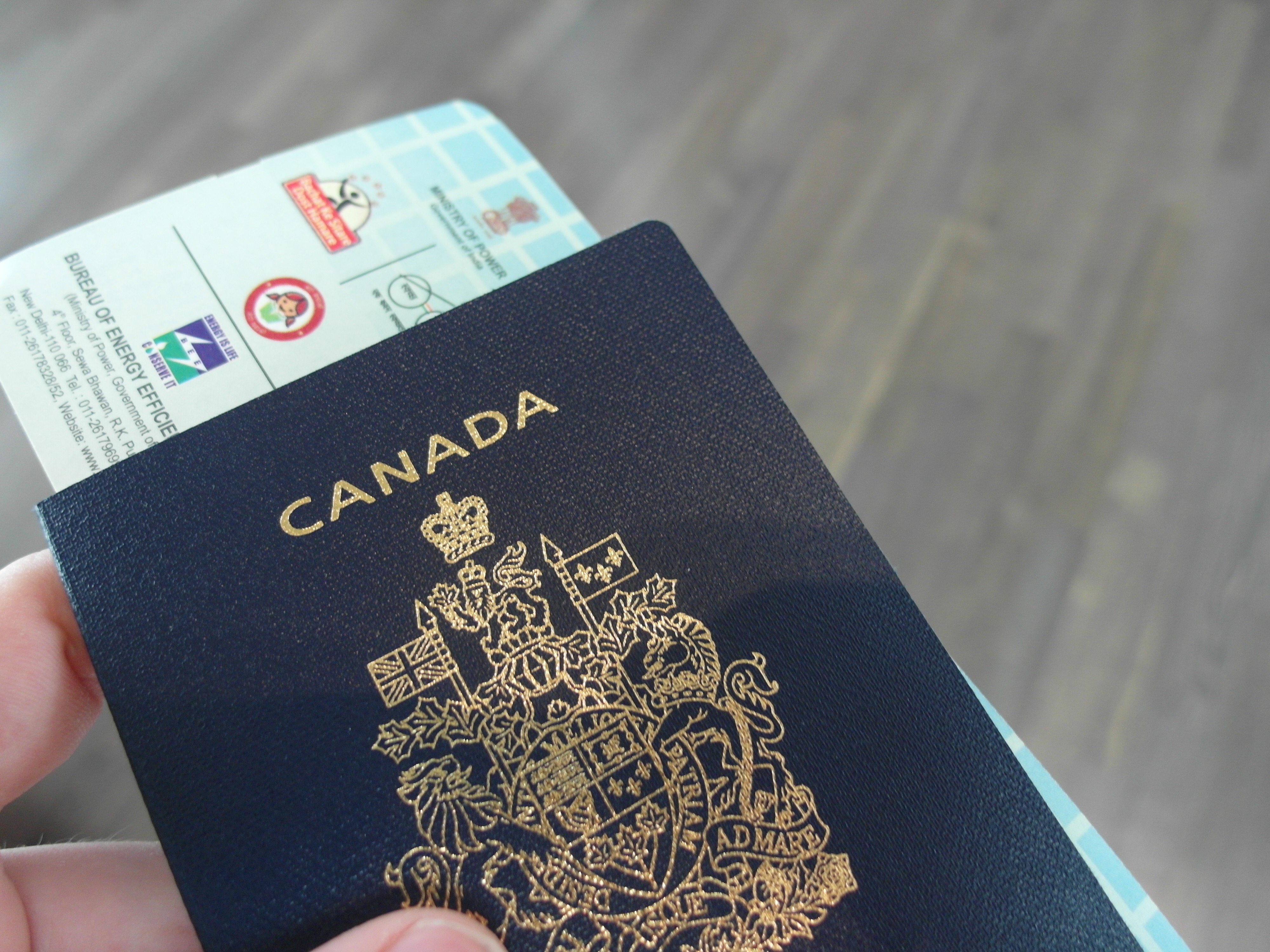


If you’re dreaming of exploring Vietnam’s vibrant cities, lush landscapes, and unique cultural heritage in 2025, you’re not alone. The country continues to attract travelers from around the world—especially from Canada. But before booking your flight, it’s essential to ensure your travel documents are in order. The Vietnam digital visa, or e-visa, is the fastest and most efficient way for Canadian passport holders to enter the country. This in-depth guide provides all the necessary information, so you can complete your application without stress or confusion and focus on planning your adventure.
Vietnam’s e-visa is a digital document issued electronically by the Vietnamese Immigration Department. It allows foreign travelers to enter and stay in the country for a specific period without needing a physical stamp or label in their passport. Since the introduction of the program, it has evolved to become the preferred visa option for many short-term visitors.
In 2025, Vietnam has made several improvements to the digital visa system, simplifying the process and expanding accessibility for Canadian citizens. Applying online means fewer delays, no embassy visits, and the convenience of tracking your application from anywhere.
For Canadians looking to avoid the paperwork and hassle of traditional visa channels, the e-visa is the optimal solution. It supports various purposes of travel including tourism, business, and transit, making it ideal for different travel needs.
One major benefit of the Vietnam digital visa is that it’s compatible with most major ports of entry across the country. From international airports in Ho Chi Minh City, Hanoi, and Da Nang to land borders and seaports, you’ll have flexibility when planning your route.

As a Canadian passport holder, you are eligible to apply for a Vietnam e-visa as long as you meet certain basic conditions. First and foremost, your passport should be valid for at least six months beyond your date of arrival. Incomplete or expired travel documents can lead to delays or outright rejection of your application.
Applicants should also have a clear understanding of their travel itinerary. You’ll be required to indicate your intended port of entry, dates of arrival and departure, and provide a digital passport-style photo that meets specific format requirements. A scanned image of the passport’s data page is also necessary.
In 2025, the Vietnamese government has implemented minor updates to improve the quality and accuracy of e-visa applications. These include new standards for image quality, facial recognition guidelines, and stricter consistency checks between submitted documents and actual passports.
Finally, travelers must have a valid email address to receive status updates and the final visa approval. A secure international payment method is also needed for the processing fee, which must be paid at the time of submission.
The process to obtain your Vietnam e-visa as a Canadian citizen is remarkably straightforward. You can either apply through the Vietnamese government’s official portal or simplify the experience by using a professional visa support service like Vietnam-Evisa.com, which offers expert assistance, faster processing, and higher approval rates.
Start by filling in the required online form with accurate details as shown on your passport. Errors such as spelling mistakes or mismatched information may lead to rejection or delays. Be careful when selecting your port of entry, as it must match your travel itinerary.
Next, upload the necessary documents, including a recent photo and your passport’s information page. The system will guide you through the size and format requirements to ensure your files are accepted. If using a visa service, the platform often pre-checks your documents for compliance before final submission.
After uploading, you’ll proceed to the payment section. The visa application fee varies depending on the service you choose. Reputable platforms like Vietnam-Evisa.com offer secure payment gateways and responsive customer support in case you face any issues.
Once submitted, you will receive an application code or tracking number via email. This code allows you to check the status of your application online. When approved, you’ll receive your e-visa by email in PDF format—ready to print and present at the airport.

The standard processing time for a Vietnam e-visa is around three to five business days. This time frame may vary depending on government workload or national holidays. That’s why it’s best to apply at least a week before your intended departure date.
If you’re in a rush, trusted services such as Vietnam-Evisa.com offer expedited processing within 2 to 8 working hours. This fast-track option is ideal for last-minute travelers or business visitors who can’t afford delays.
Once approved, the e-visa is generally valid for 30 days. It is issued as a single-entry visa unless you apply for multiple entries through an authorized provider. Make sure your travel plans align with the entry and exit dates you enter in the form.
Extensions may be available in certain cases, but they require in-country processing through a travel agency or visa specialist. It’s always safer to plan your itinerary within the visa’s validity period to avoid legal complications or fines.
While the Vietnam e-visa process is accessible, many Canadians still prefer to use professional visa assistance services for peace of mind. The top reason is to avoid costly mistakes that could lead to delays or outright visa rejections.
Professional services pre-screen your documents to ensure compliance with the latest Vietnamese immigration standards. This added layer of review greatly reduces the chance of errors and speeds up approval times. It’s especially helpful for travelers who are not confident with technology or unfamiliar with visa formats.
Another benefit is guaranteed approval. Services like Vietnam-Evisa.com offer money-back guarantees if your visa is not approved in time, giving you assurance in urgent travel situations.
In addition, these services typically provide 24/7 support to handle questions, update requests, or changes in your travel schedule. This kind of reliability is crucial, especially for travelers managing multiple destinations or business commitments.

Even with a simplified online system, visa applications can go wrong if not handled properly. One of the most common errors is submitting a photo that doesn’t meet background or size requirements. Always double-check file format guidelines before uploading.
Incorrect passport numbers or personal details are another frequent issue. A small typo in your full name or passport code can cause your application to be rejected, so attention to detail is crucial throughout the process.
Choosing the wrong port of entry is another pitfall. Your e-visa will only be valid at the entry point specified on your form. If you try to enter Vietnam through a different location, you may be denied access.
Lastly, travelers sometimes overlook follow-up emails or fail to check their spam folder. Important updates—including your visa approval—are sent via email, so stay alert and responsive during the processing period.
Applying for a Vietnam digital visa in 2025 is a straightforward process for Canadian travelers—when done correctly. To ensure smooth approval and reduce stress, consider using Vietnam Evisa Services. With professional support, fast-track processing, and guaranteed results, you can get your visa in as little as 2 hours and focus on planning an unforgettable trip to Vietnam.

Thinking about exploring Vietnam in 2025? From bustling cities to peaceful beaches, it’s no wonder Vietnam is a top travel pick for Canadians. But before packing your bags, there’s one …